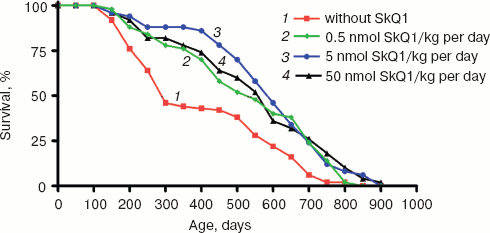Here's an interesting paper which touches on the crosstalk between mitochondria and the nuclear epigenome--ie, if mitochondria aren’t healthy, this can result in hypermethylation of tumor suppressing genes in the nDNA, resulting in cancer.
While it is quite clear that the mitochondrial impairment
commonly seen in cancer cells leads to increased damage to the
nuclear genome and to changes in nuclear gene-expression, the
question of epigenetic changes related to mitochondrial dysfunction
has not been addressed. DNA methylation is an epigenetic
modification of the DNA that is frequently disrupted in nearly all
types of cancer. Hypomethylation of the repetitive elements associated
with increased genomic instability is frequently seen and
the hypermethylation of specific CpG islands in promoter regions
of several tumor-suppressor genes is commonly observed to be
associated with transcriptional silencing of the gene. To date,
it is unclear whether the mtDNA affects epigenetic changes in the
nuclear genome. In this study, we took a genomic-scanning approach
to identifying CpG island methylation changes associated with the
depletion and repletion of mtDNA. Our study suggests that mitochondrial
impairment induces DNA methylation in the nuclear
genome, and that some, but not all, of the changes induced by the
depletion of the mitochondrial genome can be reversed by reintroduction
of wild-type mitochondria.
Source: A novel role for mitochondria in regulating epigenetic modifications in the nucleus
Thus the epigenetic changes in nuclear DNA that promote cancer “can be reversed by reintroduction of wild-type mitochondria,” and it is logical to assume that they might also be reversed by restoring mitochondrial health, which C60 treatment seems to do.
While the thrust of the paper was cancer suppressor genes, it seems reasonable that other genes will be affected as well, and C60 could thus impact general health by indirectly altering the epigenetic status of nDNA.
Edited by Turnbuckle, 13 November 2012 - 11:30 AM.































 This topic is locked
This topic is locked





















